Book now
Noravank Monastery: A Journey Through Time
Nestled within the picturesque Vayots Dzor region of Armenia, Noravank Monastery is a testament to centuries of history, architectural prowess, and cultural significance. Originally constructed in the 9th and 10th centuries, this sacred site underwent remarkable transformations under the Orbelian family’s patronage in the 13th and 14th centuries, evolving into the magnificent complex we admire today.
A Closer Look at the Noravank Monastery Complex
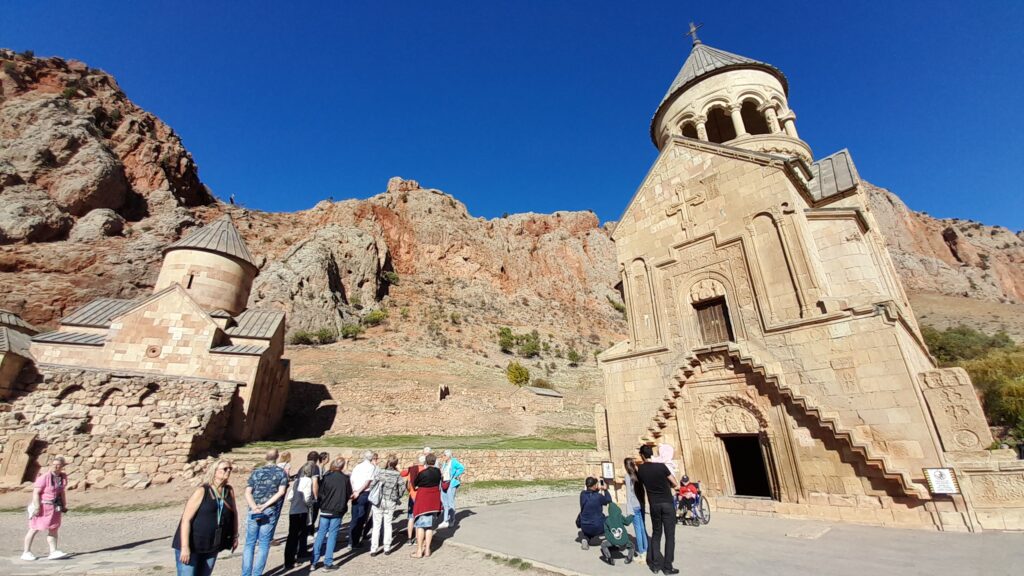
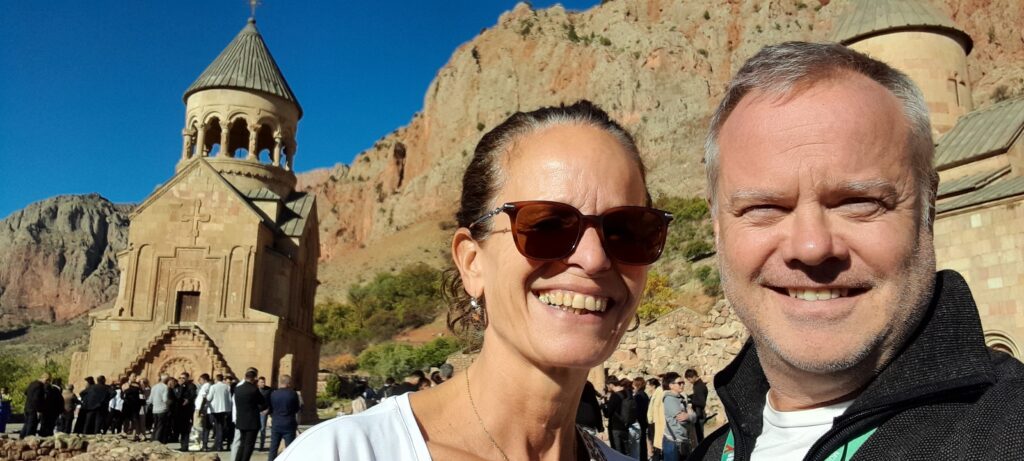

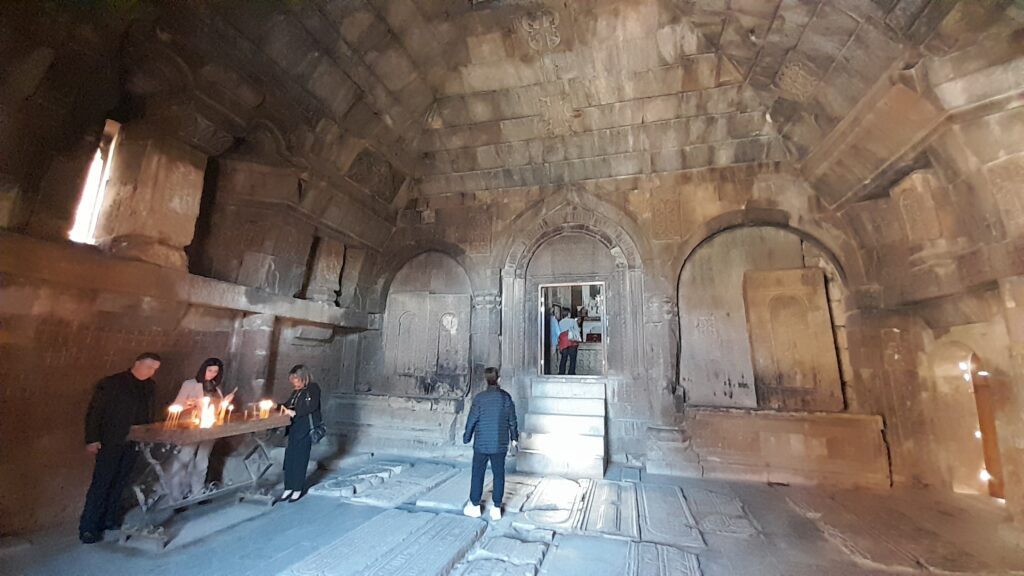

St. Johannes the Baptist Church
The heart of Noravank, this church is a masterpiece with its unique architectural style and historical significance. Step inside to admire the intricate details and soak in the spiritual ambiance.
St. Grigor Church
Added in 1275, this church not only boasts beautiful khachkars and dove images but also serves as the final resting place of Prince Smbat Orbelyan. Explore the rich history and pay your respects to this influential figure.
Holy Mother of God Church
Constructed in 1339, this church is a true gem with its classic architectural beauty, elaborate carvings, and a cross-shaped chapel. Take a moment to appreciate the artistry and craftsmanship that went into its creation.
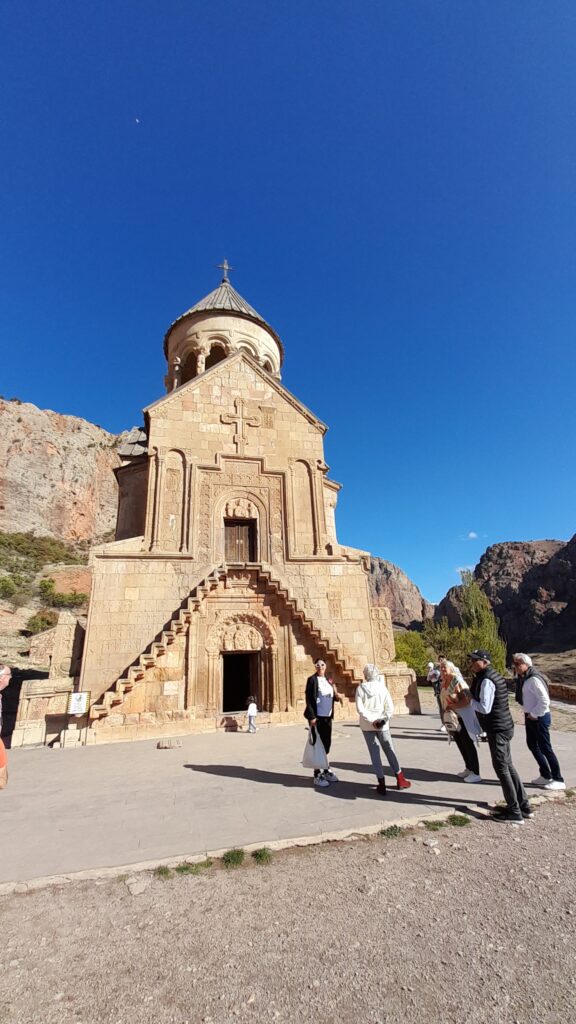

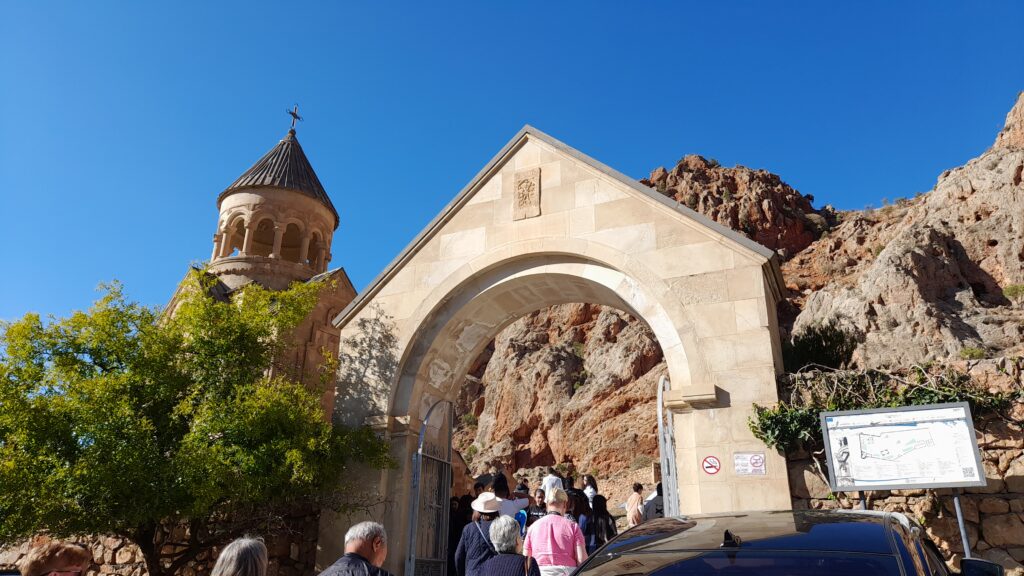

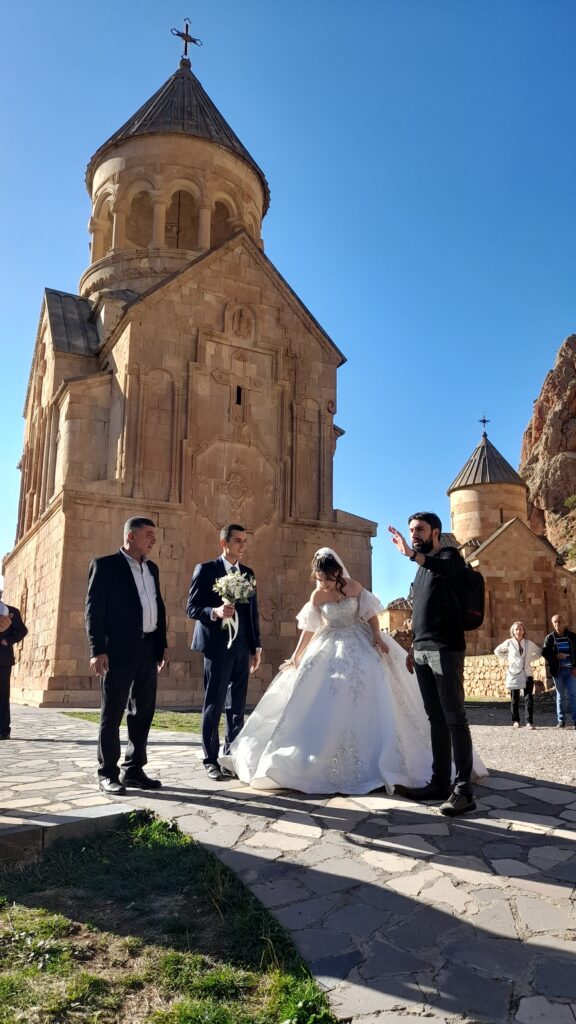

Noravank’s Architectural Marvels
Sourp Karapet and its Gavit
Sourp Karapet is a sight to behold, showcasing intricate ornamentation, khachkars, and depictions of saints. The accompanying gavit adds an extra layer of historical significance. Marvel at the architecture and imagine the events that unfolded within these walls.
Sourp Grigor
This structure not only contributes to the visual splendor of Noravank but also serves as the tomb of Prince Smbat Orbelyan. Explore the connection between history and architecture as you wander through this sacred space.
Sourp Astvatsatsin
Constructed in 1339, this church is a prime example of classic Armenian beauty. Elaborate carvings and a cross-shaped chapel make it a must-see for architecture enthusiasts and history buffs alike.
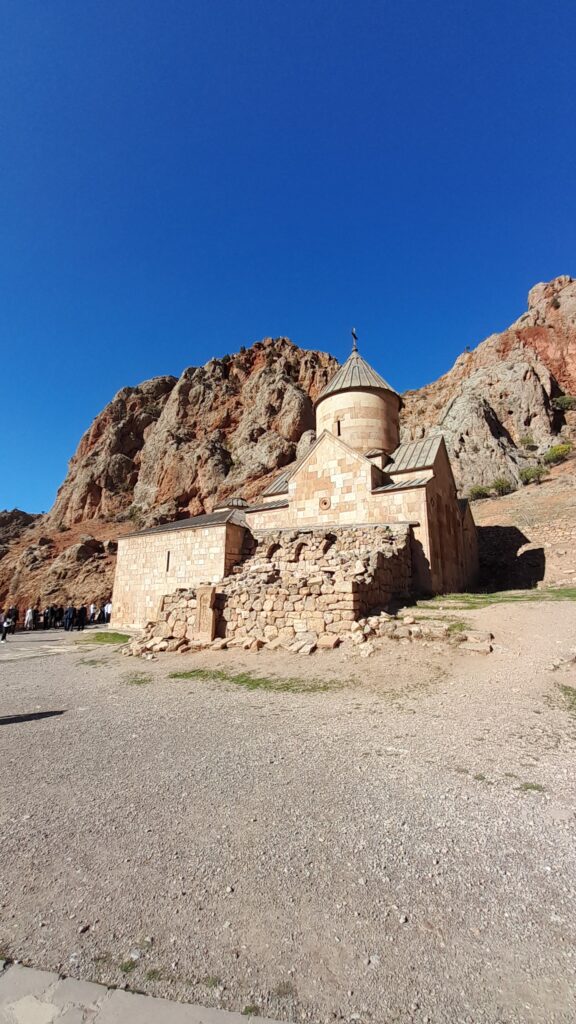

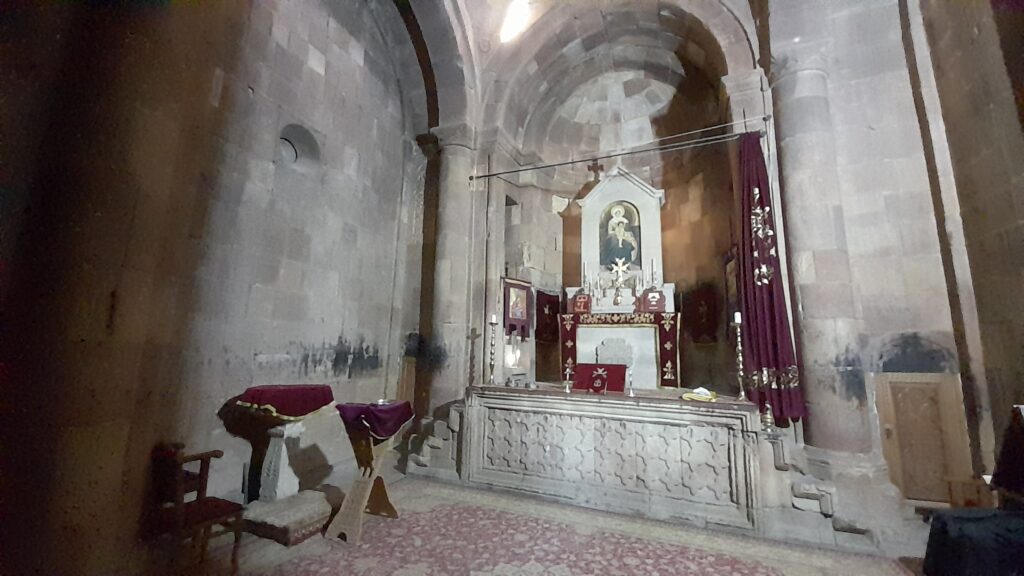

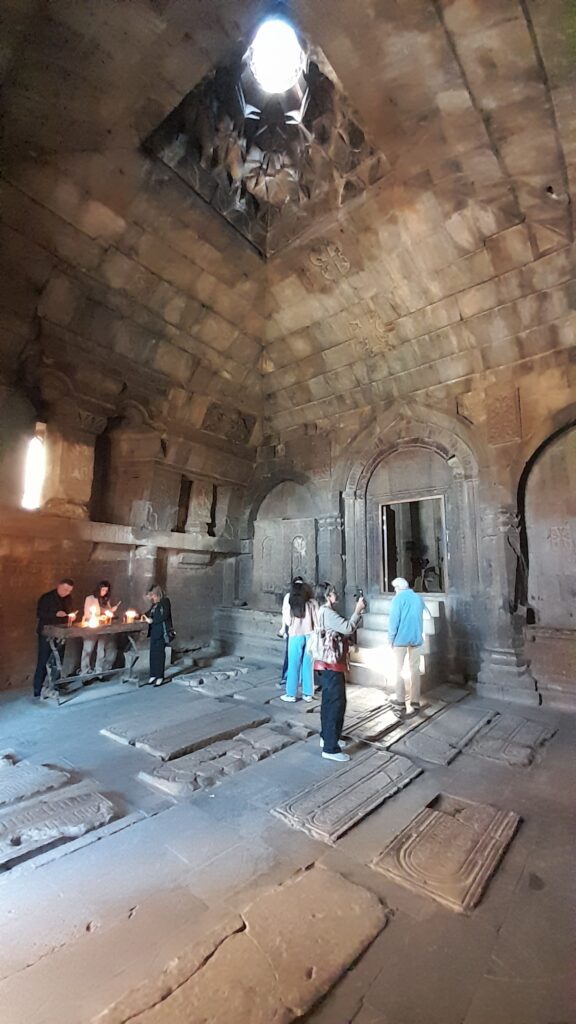

Historical Significance and Cultural Heritage
During the Orbelian rule, Noravank Monastery flourished as a significant center for religion, culture, and education. Linked with the University of Gladzor, it was even believed to house a piece of the True Cross, adding to its spiritual significance.
The patronage of the Orbelian princes greatly contributed to Noravank’s development, leading to the construction of various buildings within the monastery complex, including churches, a refectory, and a scriptorium. Scholars and artisans, like the renowned Momik, renowned for lavishly decorated cross-stones and literary works, called Noravank home, enriching its cultural tapestry.
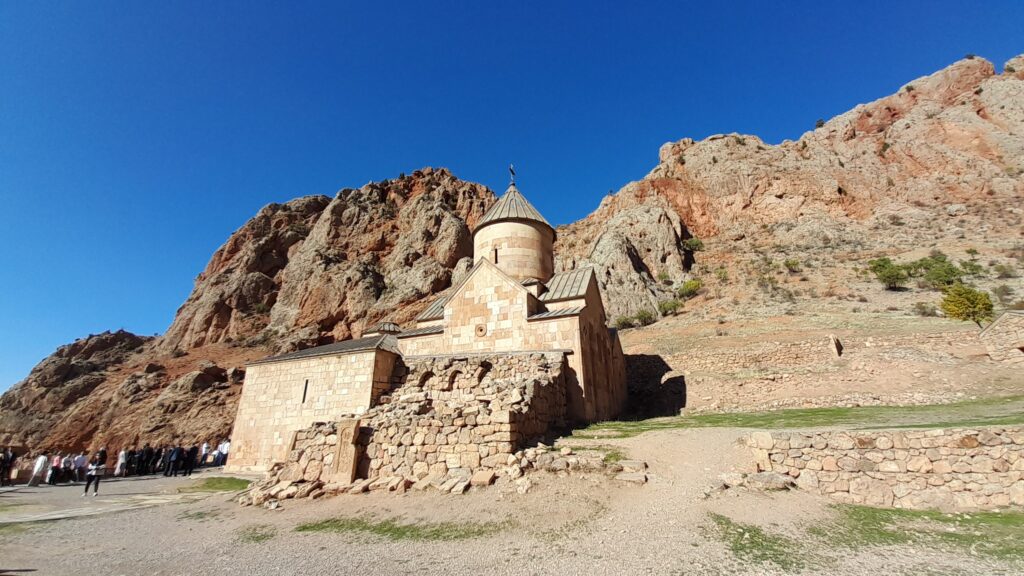

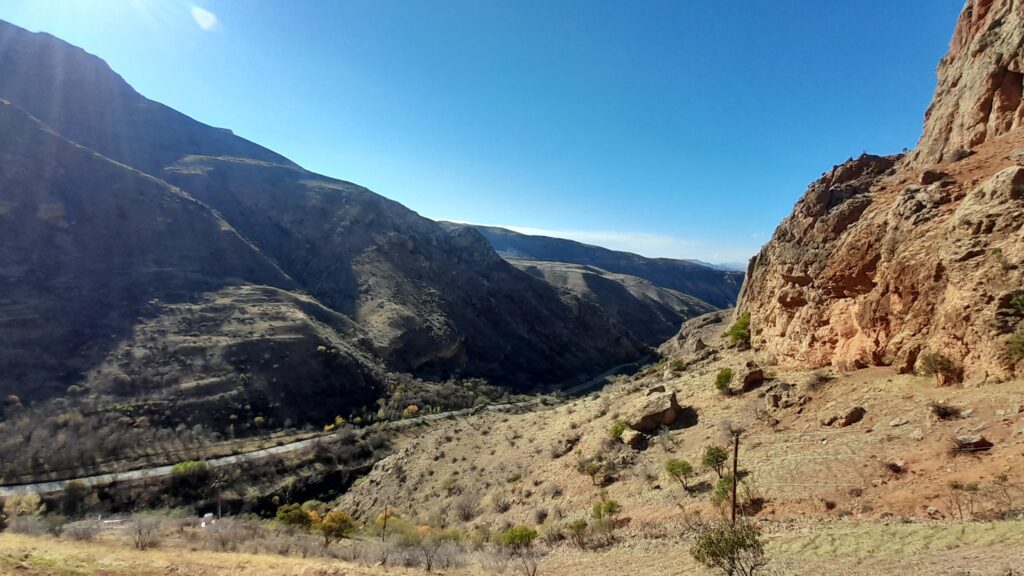

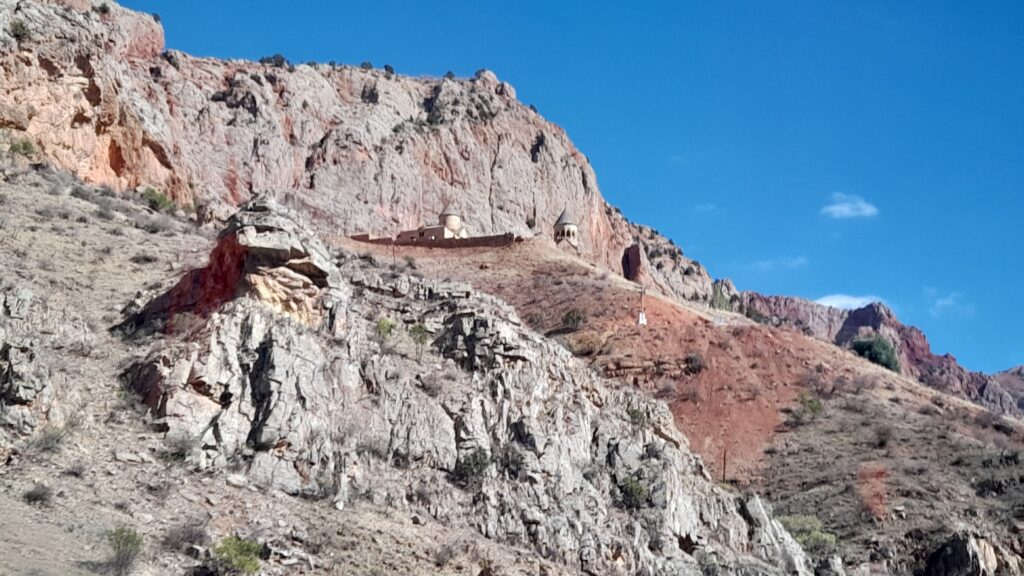

Noravank Monastery: Practical Tips for Travelers
Getting There
Located near the village of Areni, Noravank Monastery is accessible from major cities like Yerevan. Travelers can opt for various transportation modes:
- Car: Renting a car allows flexibility and scenic drives through Armenia’s stunning landscapes. The journey from Yerevan to Noravank takes approximately two to three hours.
- Tour Buses: Several tour operators in Yerevan offer day trips to Noravank, providing guided tours and convenient transport.
Recommended Experiences
- Guided Tours: Engaging a local guide enhances the experience by unraveling the monastery’s rich history and architectural nuances.
- Photography: The canyon’s limestone cliffs and the monastery’s intricate details offer exceptional photography opportunities. Capture the play of light and shadow on the ancient stones.
- Hiking Trails: Nature enthusiasts can explore surrounding hiking trails, soaking in the breathtaking views of the Vayots Dzor region.
- Cultural Immersion: Visit nearby Areni village to experience Armenian rural life, explore local wineries, and taste the renowned Areni wine.


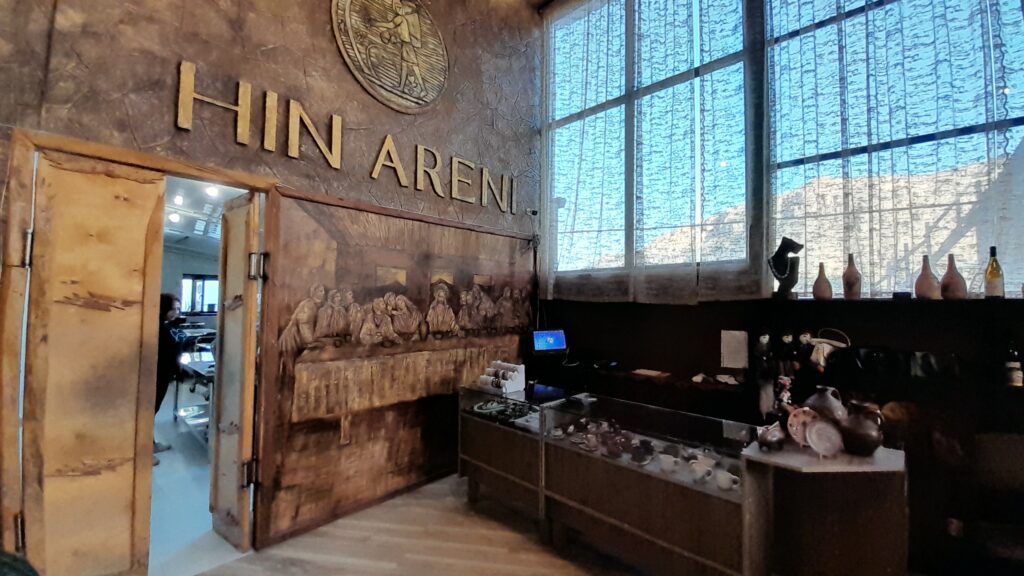



Visitor Information
- Operating Hours: Noravank is generally open from 9 am to 6 pm.
- Entrance Fees: The entrance is free.
- Attire: As a place of religious significance, modest attire is appreciated when visiting the monastery.
Conclusion:
Recognized by UNESCO for its historical and architectural significance, Noravank Monastery stands as a bridge to medieval Armenia’s grandeur. Its blend of history, architecture, art, and the stunning natural setting within the Vayots Dzor region makes it a must-visit destination for travelers seeking an enriching and immersive experience.
Plan your visit to Noravank Monastery to embark on a captivating journey through time, uncovering the legacy of a bygone era etched in stone, art, and spirituality amidst Armenia’s breathtaking landscapes.
People also read:
- 45 Things to See and Do in Armenia
- Unveiling the Mysteries of Garni Temple in Armenia
- 25 Things to See and Do in Yerevan
- Exploring the Beauty of Geghard Monastery in Armenia
- Khor Virap Monastery: Unveiling Armenia’s Historical Gem
- Areni Cave: Unearthing Millennia of History and Discoveries
- Yerevan in 25 Photos
- Saghmosavank Monastery: A Timeless Marvel in Armenian History
- Amberd Fortress: A Citadel in the Clouds
- Etchmiadzin Cathedral: A Beacon of Armenian Christianity
- Haghartsin Monastery: A Time-Tested Beauty in Armenia
- Zvartnots Cathedral
- Exploring Odzun Church: A Hidden Gem in Armenia
- Akhtala Monastery Complex in Armenia
- Haghpat Monastery: A Timeless Beauty in Armenia
- Armenia in 50 Photos
- Sevanavank: A Pearl on Lake Sevan’s Shoreline
Spend the night in Armenia
Book a tour
FAQ’s
Read more articles on my Armenia page
This article may contain affiliate links. This means that we receive a small commission when you book something via these links. Of course, this does not cost you anything extra. Did our tips help you? We would love it if you book your trip via the links in the article above. Thank you so much.